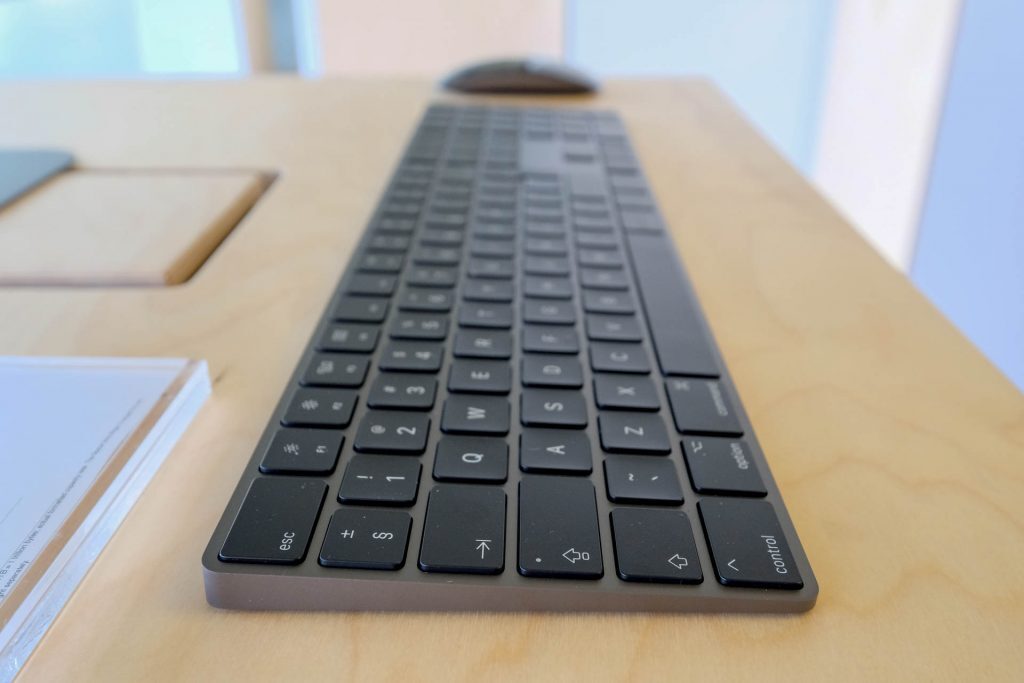Why does the Qwerty keyboard have such a strange layout, I was recently asked.
It’s one of those anachronisms of the mechanical age that lives on in the digital era.
Back in the heyday of this new-fangled technology called typewriters in the 1870s, the race was on to make a new mechanical writing device. One of the biggest problems was that regularly-used keys would jam. These early typewriters used mechanical arms, called type bars, to imprint a letter on the paper. These type bars were housed under a cover, and out of sight, so when you pressed a key it levered up the relevant letter. But if frequently used letters were next to each other, they often jammed,
To tackle this Christopher Latham Sholes – a newspaper editor from Milwaukee, Wisconsin – patented a design in 1867 that mostly solved the problem. Working with his friends Carlos Glidden and Samuel Soulé, Sholes went through a number of iterations in the keyboard layout trying to find the optimal layout. The Qwerty keys we now know so well was finalised in 1878 with the Remington No. 2, which was the first typewriter to also have the shift key so you could have capital letters too.
The manufacturing rights for the “Sholes & Glidden Type-Writer” had been sold in 1873 to E. Remington and Sons by Sholes’s investor James Densmore. He was the brother of the educator Amos Densmore, whose study of frequently occurring letter pairs (called bigram frequency) was thought to have influenced Sholes – although there is as much conjecture that it was telegram operators’ experience that played a more key role.
As people learnt to type through the decades, the layout persisted and that’s how we ended up with a cultural hangover from the 1870s on our 2018 laptops.
Interestingly, mechanical keyboards are making a comeback. Particularly popular is the very earliest model which appeared with the first IBM personal computers. Called the Model M keyboard, they were known for their loud click and reassuring feel as you pushed them. Who knew.
There is a huge trend towards these mechanical keyboards, especially amongst gamers who require quicker response times to gain an advantage in the game. There is a surprising array of models that can cost as much as $500 (R6,000) and are remarkable customisable from colour schemes to LED lighting.
Purists will tell you about the switches that are used in the actual keys, the best of which are the MX Series made by Cherry. It’s the equivalent of music lovers telling you about the depth and warmth of vinyl records versus CDs or MP3s.
Companies like Lofree make cool retro mechanical keyboards that ooze nostalgia, while Qwerkywriter makes a Bluetooth keyboard that looks just like an old-fashioned typewriter.
For years I used those brilliant keyboards that came with the ThinkPad range of laptops, until I switched to Apple, whose latest MacBook keyboards use a fancy new butterfly switch that is designed to be slimmer for the low-profile needed for the current ultraportable laptops.
It’s funny how sentimental we are as human beings – including youngsters who never used those first, clunky keyboards yet hanker for the early heydays of computing. Like everything else, it’s all about the experience.
This column first appeared in Financial Mail
